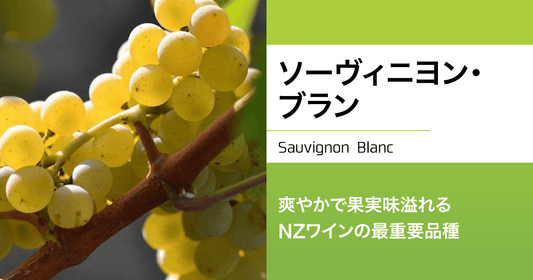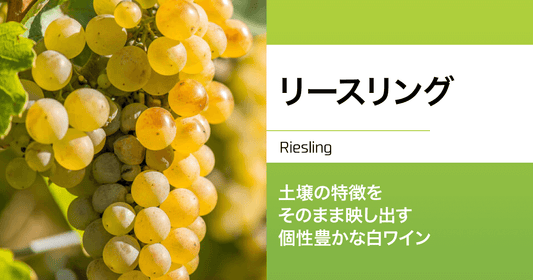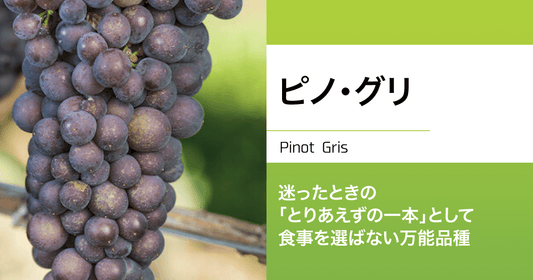
Malbec is a grape variety used for red wine, and is also called "black wine" because of its rich color.
Malbec originated in France, but today most of it is produced in Argentina, South America .
In the Cahors region of France, it is called "Cote" or "Cahors" , and produces wonderful wines with a rich history.
Although production in New Zealand is still small, it is prized primarily for blending red wines and is grown in the sunnier areas of the North Island.
Other production areas include:
- Chile
- Italy
- North America
- Australia
- South Africa
And more.
Malbec is rich in tannins , which give it astringency, and polyphenols, which are also found in large amounts in blueberries, giving it a strong fruity flavor and a concentrated taste.
However, it has a surprisingly smooth taste, making it a wine that anyone can enjoy.
The distinctive Malbec is adept at adding complexity to the overall flavor when blended with other wines, making it a valuable wine to support other red wine grape varieties, especially in Europe.
However, it is often drunk as a single variety in regions outside of Europe, and there are many Malbec fans.
In particular, Argentinians enjoy Malbec, the country's signature wine, along with local meat dishes on a daily basis.
Let's explore the appeal of powerful, masculine Malbec.
"Black wine" flourished in Argentina, the land of sunshine that was not affected by pests
As mentioned earlier, Malbec was originally produced primarily in France.
However, in the 1860s, the phylloxera pest that ravaged Europe almost wiped out the popular Malbec variety.
On the other hand, Malbec was transplanted to Argentina without being affected by the drought and its cultivation area rapidly expanded. Since it is a variety that originally requires a lot of sunlight, the climate of the sunny country of Argentina was perfect for its growth.
Another major factor was that it matched Argentine food culture.
The most important thing is the presence of beef.
Argentina's annual beef consumption is among the highest in the world, said to be about 10 times that of Japan.
Argentine beef is lean and red, and is typically cooked with just salt and pepper. A strong red wine like Malbec is the perfect accompaniment to this simple yet hearty meat dish.
Now let's take a look at its features.
What does Malbec smell like?
In addition to black fruits such as blueberries and plums, it also has the scent of flowers such as violets and roses.
Long-term aging develops complex aromas of spices, leather, and tobacco.
It is called a black wine, but has a soft mouthfeel.
The defining feature of Malbec, popularly known as "black wine," is, of course, its appearance.
Wine made from small, thick-skinned Malbec grapes has a deep color that is closer to black than red.

However, its soft flavor, which is different from the image that comes from its powerful appearance, is also a factor that attracts people.
It is rich in tannins and has a bitter taste, a mellow mouthfeel, and a concentrated fruit flavor.
Grows well in hot regions
It does not grow well in cool climates, but thrives in hot areas.
It is best grown in dry soil with plenty of sunshine.
Perfect for pairing with rich meat dishes.
Now that you know the characteristics of Malbec, it's time to actually try it.
There are many ways to enjoy it, but here we will give you some simple tips so that even beginners can enjoy it.
Pairing (drink and food pairing)
Malbec is rich in flavor and has a strong taste, so it is best paired with meat dishes, especially beef.
Other dishes include churrasco (a piece of meat skewered on an iron skewer and grilled over charcoal),

It goes well with rich dishes such as stewed hamburgers, meatballs, and beef stew.

It's not an expensive, pretentious wine like many red wines, but rather a wine that you can drink cheerfully with a "Phew!", so I would recommend pairing it with a wild meat dish.
April 17th is "Malbec Day"
Did you know that Malbec actually has an anniversary?
It all began on April 17, 1853, the year after the first grape vines were planted in Argentina, when an application was submitted to establish a public farm and agricultural school.
This marked the start of the modernization of Argentina's wine industry.
On April 17th, known as "Malbec World Day," events celebrating Malbec are held not only in Argentina but in over 50 countries around the world.
Gather with family and friends and enjoy some Malbec on April 17th!
Not only in Argentina, but also in Cahors, France
Let's take a closer look at Argentina, the main production area, and the Cahors region of France, where it originated.
Argentina

Many of Argentina's vineyards are located at extremely high altitudes, between 800 and 1,200 meters.
Being close to the sun not only ensures sufficient sunlight, but the melting snow from the Andes Mountains provides natural irrigation (flowing water onto farmland), and the influence of this mountain water results in grapes that are rich in minerals.
This is true for grapes other than Malbec as well, but the land at such high altitudes is dry and less susceptible to pests, so there is no need to use pesticides.
That's why most Argentine wines are organic .
Malbec from this region is characterized by being darker and more fruity than those from other regions.
Cahors, France
The Cahors region of France is one of the oldest wine-producing regions in France.
It is also known as one of the regions in France that produces wines with excellent value for money.
In this region, in order to call a wine Cahors (locally known as Malbec), it must be made from at least 70% Malbec grapes.
Malbec from this region is characterised by its intense fruit flavours and strong tannins .
Grapes from the Cahors region, planted along the meandering rivers, have long been popular among locals as a daily wine that even the middle class can enjoy.
It is primarily grown in New Zealand for blending purposes.
In NZ, Malbec is mostly used in blends, although there is a small amount of single varietal available.
The tea is produced in areas with plenty of sunshine, such as Marlborough and Hawke's Bay.
It has aromas of stewed plums, blueberries, olives, and herbs.






